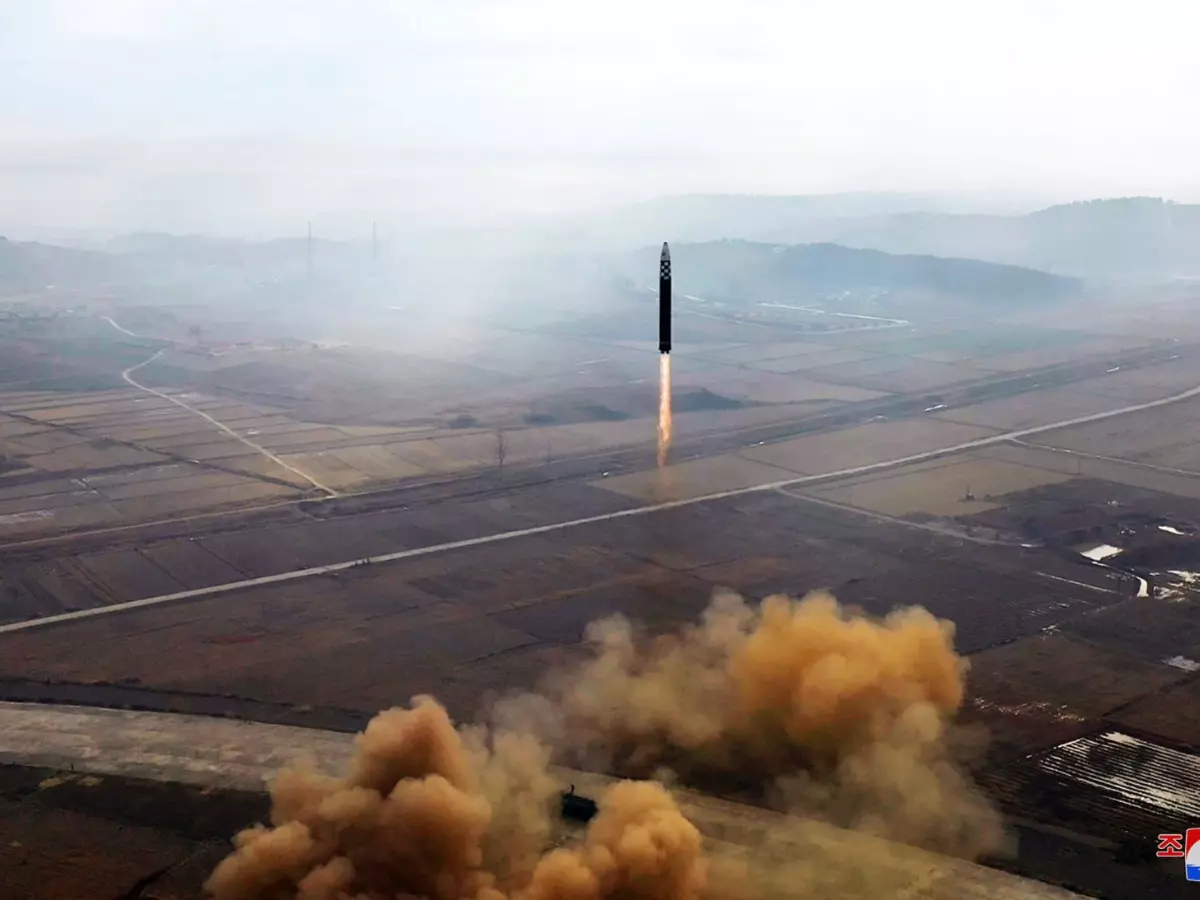Explained: Why Nuclear States Are Modernising Their Weapons
According to the Stockholm International Peace Research Institute's (SIPRI) 2022 yearbook, the nine nuclear-armed states¡ªthe United States, Russia, the United Kingdom, France, China, India, Pakistan, Israel, and the Democratic People¡¯s Republic of Korea (North Korea)¡ªcontinue to modernize their nuclear arsenals, and although the total number of nuclear weapons declined slightly between January 2021 and January 2022, they are expected to increase ...Read More

According to the Stockholm International Peace Research Institute's (SIPRI) 2022 yearbook, the nine nuclear-armed states¡ªthe United States, Russia, the United Kingdom, France, China, India, Pakistan, Israel, and the Democratic People¡¯s Republic of Korea (North Korea)¡ªcontinue to modernize their nuclear arsenals, and although the total number of nuclear weapons declined slightly between January 2021 and January 2022, they are expected to increase in the next decade.
Among the nine nuclear states, Russia and the United States together possess over 90 percent of all nuclear weapons. China was in the middle of their expansion of their nuclear weapon arsenal, while other countries were either developing or deploying new weapon systems.
 Reuters/Representational Image
Reuters/Representational Image
Achieving global nuclear disarmament is one of the oldest goals of the United Nations.
Yet, nuclear-possessing countries have well-funded, long-term plans to modernize their nuclear arsenals. In addition, no nuclear disarmament negotiations are currently underway.
Even though the nuclear-armed permanent members (P5) reaffirmed their commitment to complying with non-proliferation, disarmament, and arms control agreements and pledges as well as their obligations under the 1968 Treaty on the Non-Proliferation of Nuclear Weapons, their behavior doesn¡¯t match their words.
They continue to expand or modernize their nuclear arsenals and appear to be increasing the salience of nuclear weapons in their military strategies.
¡®Although there were some significant gains in both nuclear arms control and nuclear disarmament in the past year, the risk of nuclear weapons being used seems higher now than at any time since the height of the Cold War,¡¯ said SIPRI Director Dan Smith.
Since there was no immediate action taken by any nuclear state towards a nuclear disaster, the global inventory of nuclear warheads started to increase.
Long-term force modernization and expansion plans progress (2023)
Instead of trying to find common ground among states and cooperate in order to calm geopolitical tensions, slow the arms race, and deal with environmental issues, countries are modernizing their nuclear weapons.
"Nuclear war cannot be won and must never be fought¡¯. Joint statement of P5
SIPRI estimated that of the total global inventory of 12,512 warheads in January 2023, some 9,576 were in military stockpiles for potential use, which was 86 more than in January 2022.
 Reuters/Representational Image
Reuters/Representational Image
In China, SIPRI said the size of the country¡¯s nuclear arsenal had increased from 350 warheads in January 2022 to 410 in January 2023, and it is expected to keep growing. Despite the fact that the UK is not thought to have increased its nuclear weapon arsenal in 2022, the warhead stockpile is expected to grow in the future.
India and Pakistan appear to be expanding their nuclear arsenals, but their focus is different. While Pakistan remains the main focus of India¡¯s nuclear deterrent, India stresses longer-range weapons, including those capable of reaching targets across China.
As other nuclear states concentrated on upgrading the sides of their arsenals and tested, produced, and deployed more brand new systems. The U.S. military has upgraded and refurbished nearly all of its existing strategic and tactical delivery systems and warheads.
Nuclear Diplomacy and Global Security
Nuclear arms control and disarmament diplomacy suffered major setbacks following Russia¡¯s full-scale invasion of Ukraine in February 2022. In the beginning, the USA suspended its bilateral strategic stability dialogue with Russia.
 Reuters/Representational Image
Reuters/Representational Image
The USA suspended its bilateral strategic stability dialogue with Russia. In February 2023, Russia announced it was suspending its participation in the 2010 Treaty on Measures for the Further Reduction and Limitation of Strategic Offensive Arms (New START), the last remaining nuclear arms control treaty limiting Russian and US strategic nuclear forces.
The US and the UK decided not to be transparent in disclosing information regarding nuclear weapons to the public. As communication between the states has deteriorated, the risks of miscalculation, misunderstanding, or accident are unacceptably high.
¡®We are drifting into one of the most dangerous periods in human history,¡¯ says Dan Smith, SIPRI Director.
